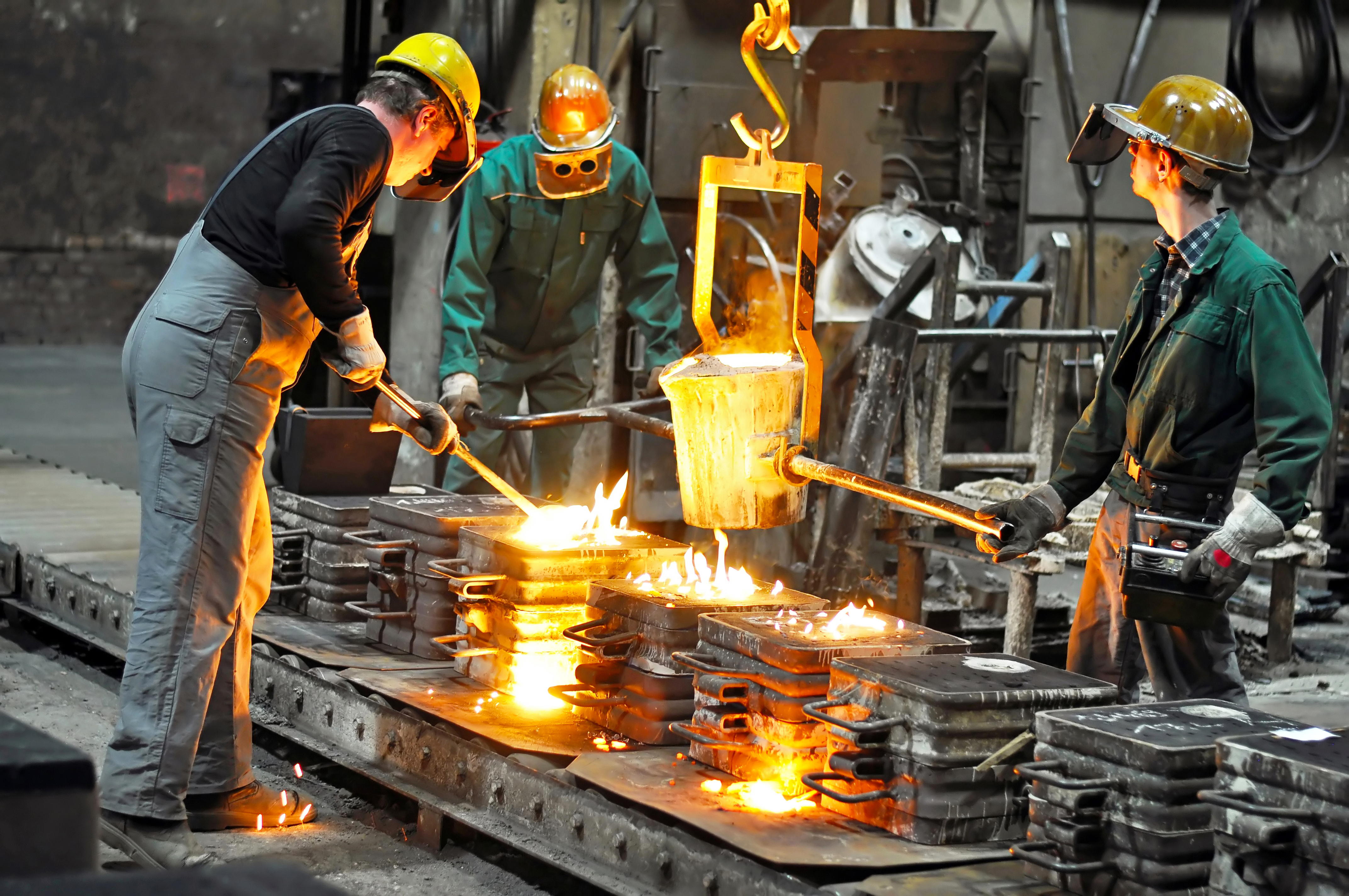As a valued manufacturing method since the 1800’s, die casting creates uniform components with precision and accuracy. Die cast components are used across a variety of industries including electronics, medical, automotive, aerospace, and more. Learn more about the die casting manufacturing process and find out of it is right for your metal projects and applications.
Overall Advantages of Die Casting Manufacturing
Versatile and repeatable, die casting offers the following generalized advantages:
- Consistent uniform designs
- Capability of high-volume production
- Can create parts with complex geometries or tight tolerances
- Non-ferrous metals create lightweight components and parts
- Short cycle times
- Cost-effective for mass production runs
- Finished components with smooth surface finishes
How Die Casting Works
Die casting works by filling molten metal into a die cavity (also called molds) via high-pressure injection. The die cavity is then compressed until the mold hardens and cooled. Once cooled, the metal casting is ejected from the die cavity and the process repeats itself.
Die Casting Processes/Methods
Cold chamber and hot chamber die casting are two methods commonly used for the die casting process.
Hot Chamber Die Casting
- Ideal for alloys with low melting temperatures like zinc and magnesium
- Faster die cycling times than cold chamber casting
- Allows for longer die cavity life
Cold Chamber Die Casting
- Ideal for high melting temperature alloys like aluminum and brass
- Creates dense castings
- Provides higher level of quality control versus hot chamber die casting due to the injection process
Common Die Casting Alloys
Non-ferrous metals are used when die casting, providing the durability and longevity needed for high-performance components. Commonly used alloys for die casting include:
- Aluminum
- Zinc
- Magnesium
Factors to Consider for Die Casting
While there are many advantages to die casting, some factors to consider for die casting include:
- Budget. Tooling costs for low production runs/initial tooling costs can be expensive
- Porosity. Parts manufactured via die casting cannot be heat treated due to its porosity
Die Casting vs. Other Manufacturing Methods
Compare die casting to other manufacturing methods to help you determine if die casting is right for your needs.
- Metal Stampings
- Die casting can create complex shapes where metal stampings do not have the same capabilities
- Metal stampings can be made of steel whereas die casting cannot accommodate steel and ferrous metals
- Forgings
- Die casting allows for tight tolerances unachievable with forgings
- Forgings can be created with non-ferrous metals
- Plastic Injection Molding
- Die castings provide more strength than plastic injection molding
- Plastic injection molding is cost-effective and provides material flexibility
- Sand Casting
- Die casting provides more dimensional stability and repeatability than sand casting
- Sand casting is ideal for small production runs, offering an economical alternative compared to die casting
- Permanent Mold Casting
- Die casting can create components with thinner walls at high production rates when compared to permanent mold casting
- Permanent mold casting provides reduced tooling costs
Work with Experienced Die Casting Manufacturers
We can help you find the best die casting manufacturer for your component requirements, saving you time and money. Call us at 408-205-1319 or contact us and get started on a die casting project today.



